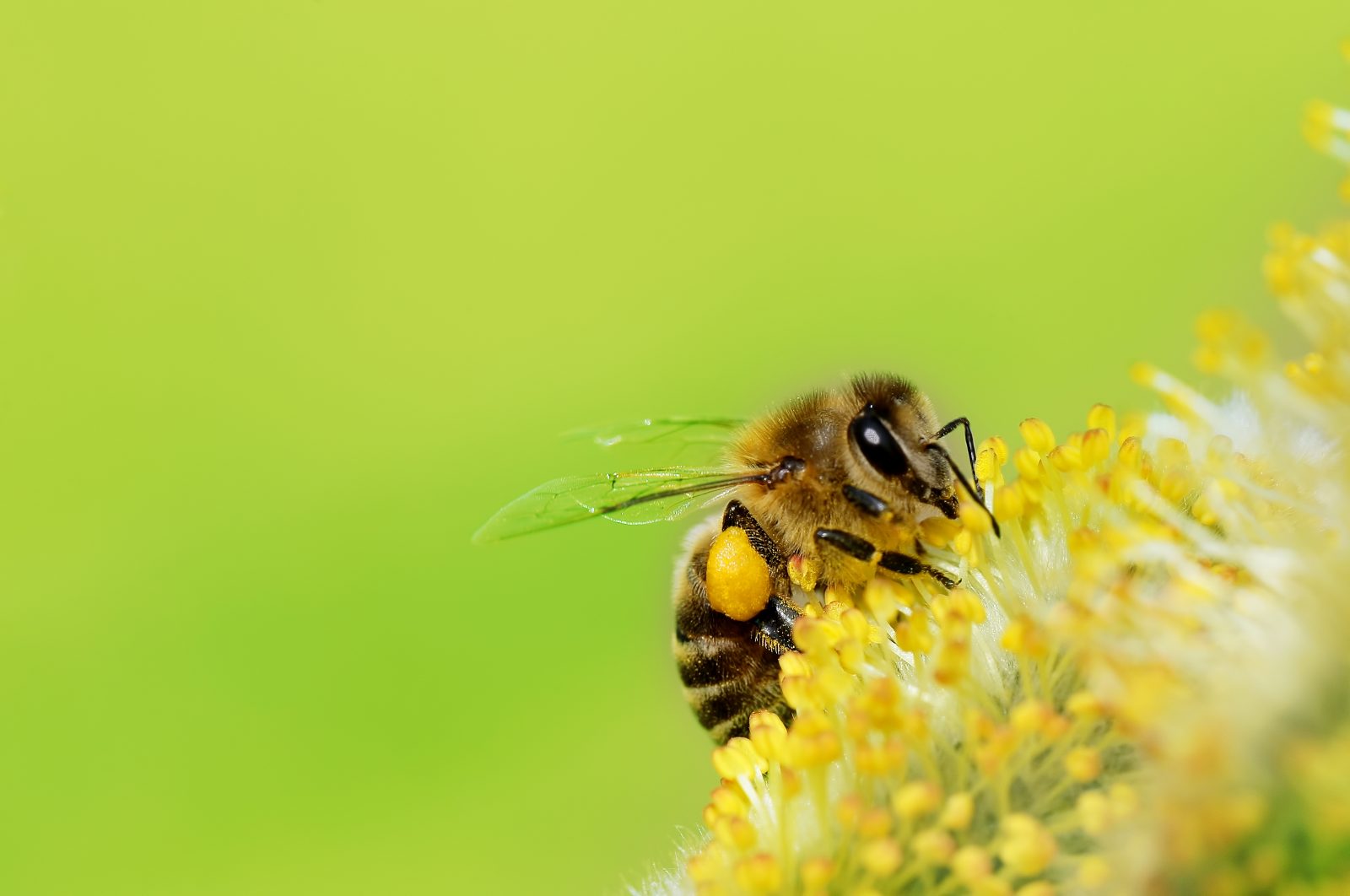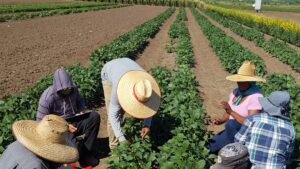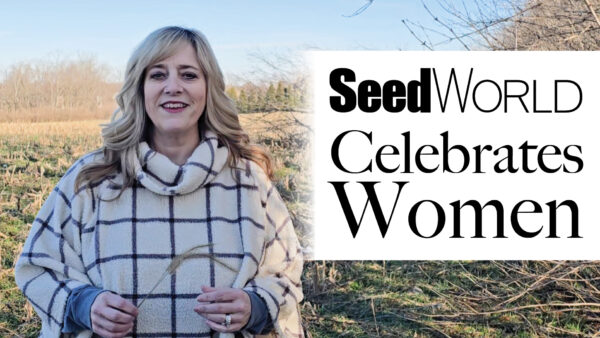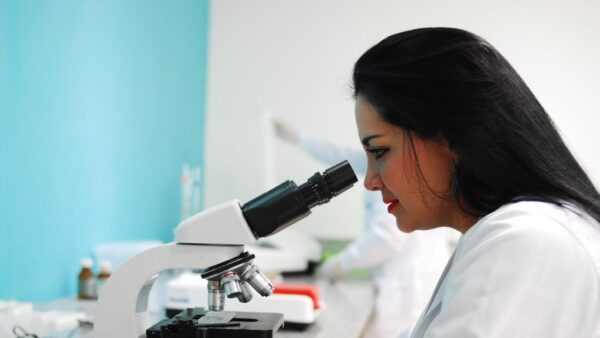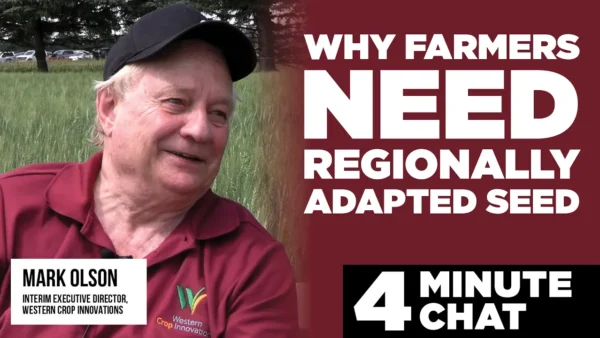Seed World explores pollinator progress in post hurricane Puerto Rico.
In September 2017, Hurricane Irma and Hurricane Maria left Puerto Rico and other Caribbean islands in a state of emergency.
The majority of the damage came after Hurricane Maria, a Category 4 storm that brought winds in excess of 150 miles per hour and left the entire island without electricity. Lost agriculture yields in Puerto Rico were estimated to be nearly $800 million.
Businesses and farms were devastated. Landscapes were destroyed. With so much of Puerto Rico’s economy based on agriculture, the storm was also especially troubling when considering the loss of forage for pollinators.
“Just about all the floral landscape was stripped by the hurricane, and that’s what bees and other pollinators rely on,” says Val Dolcini, president and CEO of the Pollinator Partnership.
“They are a vital part to their local economies, not just for honey production, but also for the pollination support they provide to other specialty crops that are grown on the island, and the biodiversity they bring to the ecosystem.”
Recovery efforts began right away with big picture needs, such as restoring communication, transportation and electricity. But, in addition to sending generators and recovery supplies to employees and community members, Syngenta and others in the agriculture industry also turned their attention to some of the island’s smallest inhabitants, pollinators.
Though providing support for pollinators after a disaster might not be one of the largest efforts for recovery and relief, it can be seen as one of the most important.
“Pollinators are a keystone species,” Dolcini says. “Their health leads to the overall health of the entire ecosystem.”
Carroll Moseley, senior environmental stewardship manager for Syngenta, was part of the team that met to respond to the island’s needs, specifically planning recovery and support for the Syngenta farms.
“We had our first call a few days after it hit, and then I think we met for about 30 business days straight to put a plan in place, and because of people like David Flakne and others, we were able to include pollinators in that plan,” Moseley says.
Moseley says the success of the effort was thanks to the cooperation from several shipping groups and help from pollinator-focused groups. “There were lots of organizations working together,” he says.
Responding
Thankfully, in a tropical climate, the floral landscape can recover pretty quickly, in a span of just four or five months. Still, immediate resources were needed to ensure the remaining honeybees and other pollinators survived that long.
One of the first efforts in supporting pollinators after the hurricane was the delivery of protein patties and pollen, and the Pollinator Partnership helped send almost 10,000 pounds of food and other supplies to the Caribbean to help sustain honeybee populations there following the hurricane.
Moseley says coordinating those efforts wasn’t easy.
“The logistics were challenging. We had to get supplies shipped from all over the country into Miami. Then, it was a challenge to get permission to fly on to the island. Due to safety concerns, it took a long time to get the airports open,” Moseley explains.
Despite the challenges, the first shipments arrived in Puerto Rico within days, and local beekeepers were able to start feeding the replacement food to their hives right away.
This quick initial response did two things. “It provided nourishment, and it provided awareness for other people,” he says. “It helped folks here and down there start thinking about maintaining pollinator populations from the beginning of the recovery period. Of course, we needed to focus on the human safety aspect, but after that, we were already thinking about the bees, and other pollinators.”
Rebuilding
Of course, even with the quick response, some pollinator populations were lost.
“Some swarms were likely blown off the island, some were drowned, or killed in other ways with the intense winds,” Dolcini says.
Others were blown to other parts of the island after their hives were destroyed. Many swarms were able to be rehived after being discovered in homes, buildings, trash cans or around utility poles.
“Part of our campaign provided funds to go out and capture those swarms and rehive them, and in some cases, that was successful in giving beekeepers a head start to rebuilding bee populations,” Dolcini shares.
New hives were also needed. “After the initial response, now we’re focusing on shipping in and rebuilding hives as beekeepers work to reestablish their operations with plenty of forage,” Dolcini says.
Three shipments containing more than 1,000 replacement hives and other supplies were shipped to San Juan, and volunteers helped assemble and distribute them to beekeepers in need.
The Pollinator Partnership has a goal of rebuilding as many as 4,000 colonies to restore crop pollination services and honey production.
Replanting
Many tropical landscapes begin to recover naturally after a hurricane, but some forethought and attention to habitat planting can help ensure pollinators have plenty of forage where they need it. The replacement nutrition will only sustain a hive for a short time.
“Bees would obviously prefer to forage naturally, but they will eat those replacements if needed, so efforts have changed a bit as the floral landscape has started to regrow,” Dolcini says. “Right now, the Pollinator Partnership is working with private companies to determine if and where projects like replanting pollinator plots would be beneficial.
“There are a lot of things we can do on a relatively small piece of land, so we’ll be working with local folks there on that,” he says.
Recovery
Dolcini traveled to the Caribbean in February and was impressed by the recovery he saw there, though there is still work to be done. He looks forward to the next steps of recovery. One of the most important successes has simply been to support the local beekeeping community in a time when many might have been tempted to quit.
“There is a growing beekeeping community that has been developing down there as we work toward more sustainability in the overall agricultural economy,” he says. “It was important that we didn’t take too many steps backward and lose those beekeepers after a disaster like that.
“We wanted to look ahead and do what we could to jumpstart the restoration of the environmental health. At the end of the day, pollinators are as important to our own health as just about anything else.”


